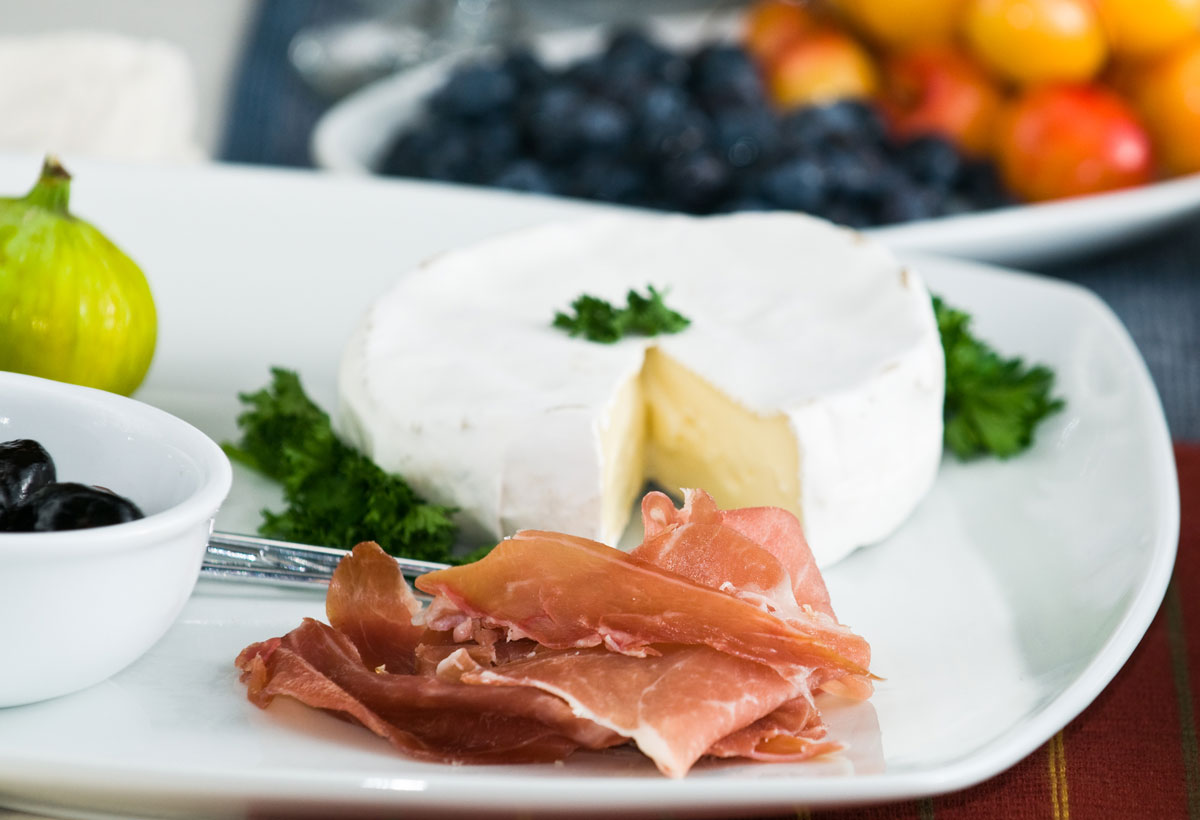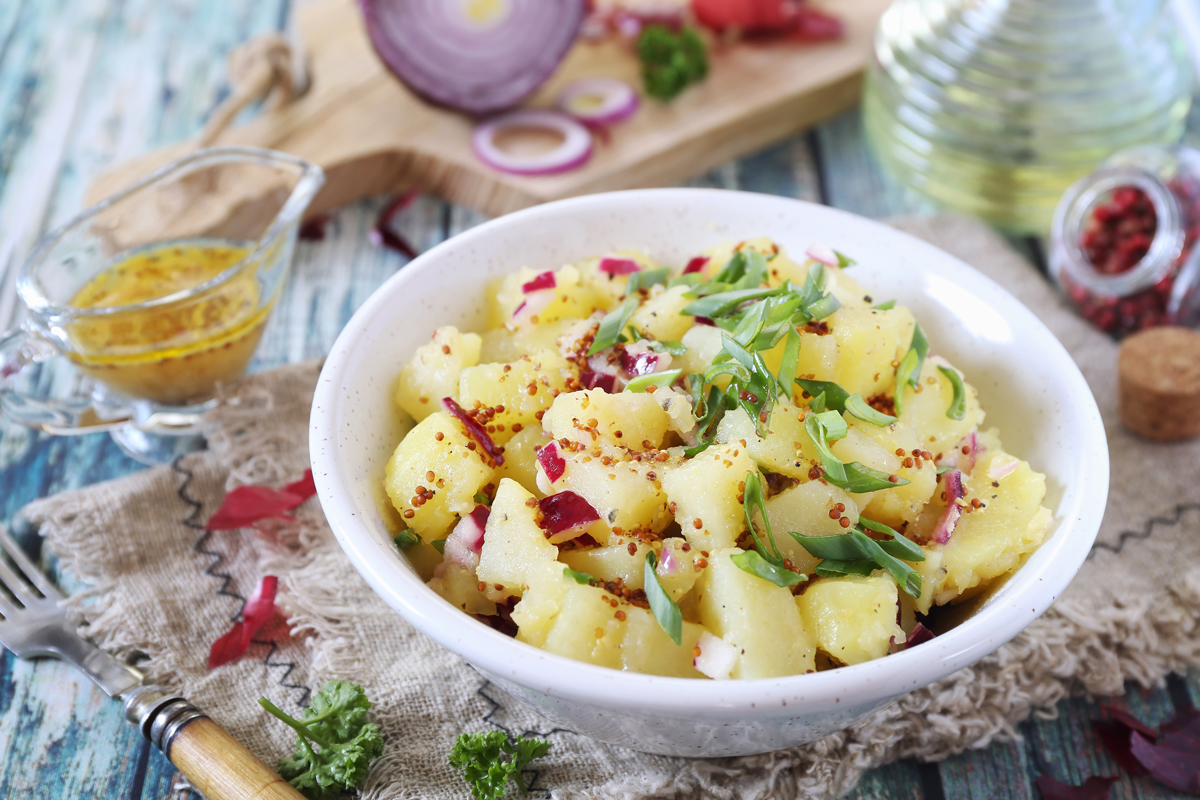Though it’s not clear why the dish is named as it is, we find these eggs, bathed in a savory tomato sauce, more heavenly than hellish
Ingredients
- 1/4 cup extra virgin olive oil, plus more for drizzling
- 5 garlic cloves, peeled and smashed
- Coarse salt (kosher or sea) and freshly ground black pepper
- 1/2 teaspoon hot red pepper flakes
- 20 ounces ripe cherry tomatoes
- 1 bunch Swiss chard, preferably rainbow
- 6 large eggs
- 4 thin slices country-style bread
- 1 lemon
- Flaky sea salt, such as Maldon, or more coarse salt
- Handful of fresh basil leaves
Directions
Step 1
Heat 1/4 cup of olive oil in a medium skillet over medium-high heat. When it just starts to shimmer, add the garlic and season generously with coarse salt and black pepper. Cook, stirring constantly, until garlic is just turning golden around the edges, about 2 minutes. Stir in the hot red pepper flakes, then add the tomatoes and cook, tossing occasionally, until the tomatoes look plumped and some of the skins start to split, about 2 minutes.
Step 2
Reduce the heat to medium. Cover the pan and cook, stirring the tomatoes every couple of minutes, lightly smashing them with a wooden spoon to encourage the release of juices, until the mixture is saucy and the tomatoes are slightly deflated but still hold some shape, 5 to 7 minutes.
Step 3
Meanwhile, strip the leaves off the Swiss chard stems and tear into bite-sized pieces. Reserve the stems for your next sauté or stir-fry. Transfer the leaves to a medium bowl.
Step 4
Reduce the heat under the tomatoes to medium-low (the sauce should be bubbling gently). Carefully crack the eggs into a cup (try not to break the yolks), then slip them one at a time into the tomato mixture, spacing them evenly apart around the perimeter of the pan. Season the eggs with salt and pepper, cover the pan, and cook until the whites are set but the yolks are still runny, 4 to 6 minutes.
Step 5
While the eggs are cooking, toast the bread until crisp. Drizzle with olive oil, then firmly rub the outside of the lemon onto the toasts to release the aromatic oils from the peel (you’ll smell it!). Sprinkle the toasts with flaky salt.
Step 6
Squeeze about 2 tablespoons of lemon juice over the Swiss chard greens, then toss in the basil. Drizzle some olive oil over the mixture and season with kosher salt and black pepper. Toss again to combine.
Step 7
To serve, carefully scoop an egg out of the pan, spooning it up from underneath to keep the yolk intact, and transfer it to a small shallow bowl. Spoon extra sauce around the egg and sprinkle with flaky salt. Repeat with the remaining eggs. Serve with the Swiss chard salad and toasts alongside.
Serves 4 — Recipe adapted from bonappetit.com




